Artificial Intelligence contains a field known as Computer Vision that makes systems and computers extract meaningful information from videos, digital images, and other visual insights. After extracting the relevant information, it takes required actions or gives recommendations according to that information.
What is Object Detection?
In computer vision, object detection is a technique to locate and identify objects in a video or image. Particularly, in object detection, the bounding boxes are drawn around the objects being detected. This way, it allows locating the object and its movement at a place.
Most of the time, people confuse objection detection with image recognition. So, it is essential to comprehend the difference between both.

source: commons.wikimedia.org
- In image recognition, a label is assigned to an image. For example, a picture of a cat will get the label ‘cat’. But if there are two cats, it will still get the label ‘cat’.
- In object detection, a box is drawn around an object. For example, if there are two cats, then it will draw the box around each cat.
It is clear from the above example that image recognition does not provide full information about an object, while object detection provides.
The Importance of Object Detection
Object detection is completely linked with other techniques of computer vision like image segmentation and image recognition (as discussed before). Because all these techniques have the same purpose of analyzing and understanding the scenes in a video or image.
Although, there are some differences, and object detection is gaining more advancement:
- Image recognition only gives a label for an object.
- Image segmentation generates a pixel value by understanding the elements of a scene.
- Object detection has a different ability to identify objects. It locates scenes by counting and tracking the objects.
Based on the key importance of object detection, it can be used in the following different ways:
- Crowd counting
- Face detection
- Automatic cars
- Video camera surveillance
- Weapons detection
There are many other real-life problems in which object detection techniques are producing excellent results, but some of the primary applications are listed above.
How can We Accomplish Object Detection?
There are two ways to accomplish it:
- Object Detection with Data
- Object Detection by Template Matching
Object Detection with Data
In today’s world, big data is playing an important role in model detection techniques. It is a challenging method because:
- There is a need for large datasets
- All the items of the dataset need to be annotated properly, like must be assigned a label
- Data annotation is an exhaustive and time-taking process that needs a large team of people
- Consistency is required during data annotation
- A data annotator must be a well-trained and well-coordinated person
All these necessary elements have made object detection with data a complex and tricky process.
Object Detection with Template Matching
In digital image processing, template matching is a useful process to extract small parts from an image template. It is the easiest solution for object detection because it has the following advantages:
- There is no need for data annotation
- The time complexity is reduced
- There is no need for neural networks training
- It used bounding boxes that have high accuracy
- There is no need for Graphic Processing Units
- It will enhance the performance of the neural network
OpenCV is a computer vision library for template matching. In this library, the object template slides based on pixels. A similar metric is calculated between the object template and the image part that it covers. If for one pixel, the similar metric is sufficiently high, this pixel is then the top-left corner of the object probably that you are matching with the template.
On the other hand, you can only implement template matching if the object that you are detecting is identical enough within a label/class.
Does Template Matching have Restrictions?
Object detection seems to be associated with machine learning, but it can be done without machine learning. Template matching has made this possible because all we need is to define an object template, and the system will match and find all the objects in the source image itself.
It seems like there are many restrictions associated with template matching. Although, this is not true because it can tackle many use cases of object detection. Some of the cases are described as follows:
- Identity in scanned documents
- Finding the empty space for parking through the camera
- The components present on an assembly line
Applications of Template Matching
In object detection, template matching is used in many applications ranging from biomedical projects to security. Because template matching is a powerful tool to extract patterns in pre and post-image analysis.
- Face detection
- Security applications
- Video surveillance
- Tracking systems
- Brain imaging
It is widely used in face recognition to detect facial features like eyes, nose, mouth, etc. Moreover, it is also used in recognizing facial expressions and emotions.
Algoscale is Utilizing Template Matching in Object Detection
We hope that this article has provided you the insights into both object detection methods:
- Object detection with data
- Object detection by template matching
Both methods have their own set of features and template matching is the best choice in most cases. Object detection with data is a complex process as it needs data annotation also. But template matching is an easy process as it does not need data annotation. Based on the complexity of the project, you can consider the right choice into account to deliver the best results.
Algoscale can assist you in choosing the right process. We are using a template matching technique combined with other algorithms to generate accurate results. We also suggest using convolution methods for matching objects that are scale variants. On the other hand, we are also using correlation methods for intensity-based similarities. Algoscale is helping businesses to become more adaptable and intelligent by introducing effective and innovative AI solutions. Learn how we can help you!












